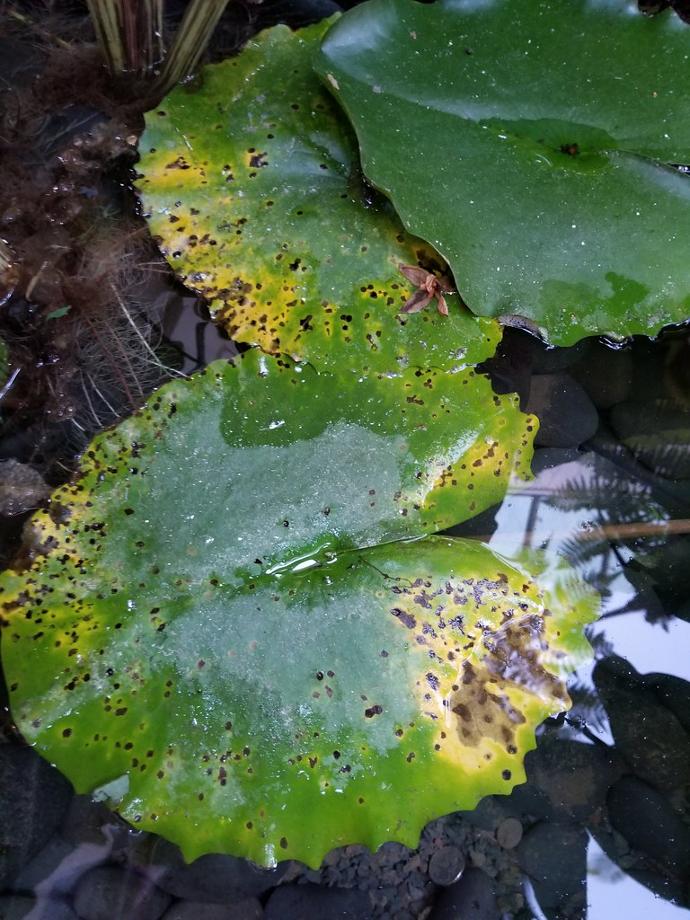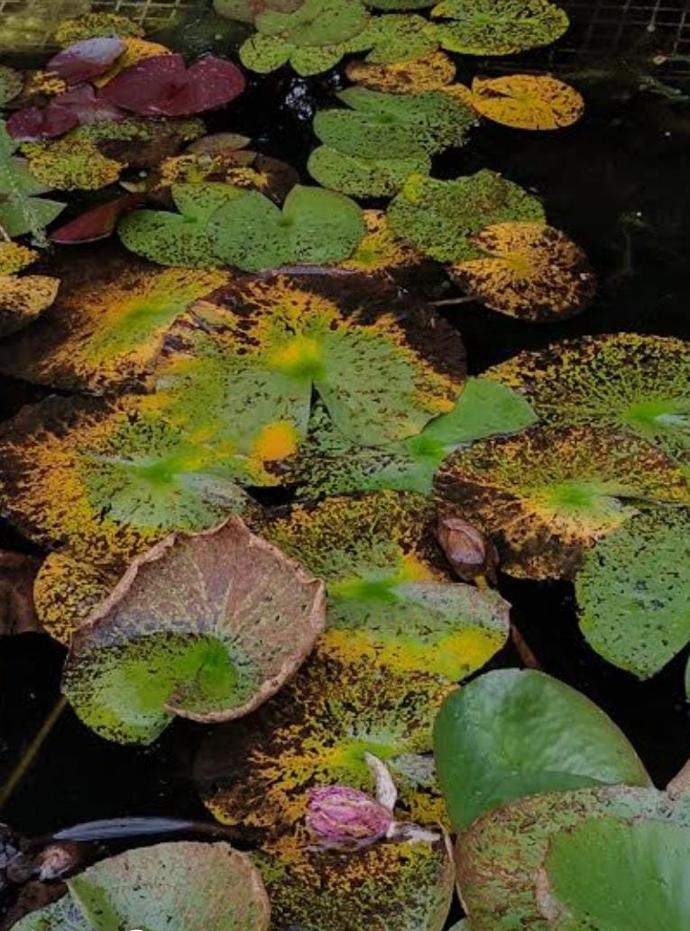Water Lilies Tiller Plant
Water Lilies, a type of aquatic plant, are typically grown in ponds or water features. Plant in containers with aquatic soil and provide full sun exposure. Maintain a consistent water level and fertilize during the growing season. Pruning involves removing dead or decaying leaves.
Habit
Clumping bamboo
Height
0.3 to 0.5 m
Growth
Fast
Soil
Well Drained, loamy
Shade
Full Sun to partial shade
Moisture
Wet
Edible
No
Medicinal
Yes
Origin
Europe, Asia, North America
Climatic Condition
Tropical, Subtropical
Temperature (°)
25°C to 30°C
Humidity (%)
60% to 80%
Potting media
50% Loam, 40% Sand, 10% Compost
Fertilizers
Organic Fertilizer
Watering
Regular watering
Plant Weight
0.5 to 2.0 kg
Flowering Time
Summer to Fall
Soil Ph level
6.0 to 7.5
Water Ph level
6.0 to 7.0
Soil EC
0.4 to 0.7 mS/cm
Yield Per Plant
2 to 5 kg per plant
NPK ratio
10:10:10
life Span
2 to 5 years
Health Benefits
Ornamental, Medicinal
Suggested Grow Media or Potting Mix ?
50% loamy soil, 30% compost, 20% sand
Suggested Fertigation/Fertilizers
Fertilize every 4 weeks with a balanced fertilizer.
Common Diseases and Remedies
Crown rot, Leaf spot.
Necrotic spots appear on the leaf.
Locate plants in sunny areas as much as possible , avoid excess fertilizing or use a slow-release fertilizer.
HEALTH BENEFITS
1. May help reduce inflammation: Water lilies tiller's antioxidants and other compounds may help reduce inflammation and improve overall health.
2. May have antimicrobial properties: Water lilies tiller may have antimicrobial properties that can help prevent infections.
3. May help improve skin health: Water lilies tiller's antioxidants and other compounds may also help improve skin health.
What Is An Water lilies Tiller Tree?
Water lilies, otherwise called Nymphaea, are sea-going plants portrayed by their drifting leaves and conspicuous blossoms. The expression "turner" in natural science alludes to a parallel shoot or branch emerging from the foundation of a plant, which can form into another plant. With regards to water lilies, a turner plant alludes to a youthful plantlet developing from the rhizome or base of the parent plant.
Turner plants assume a vital part in the proliferation and spread of water lilies. As the parent plant develops, it creates these turners, which in the end disconnect and float away to secure themselves somewhere else in the water body. This strategy for multiplication permits water lilies to colonize new regions and guarantees their proceeded with endurance in different oceanic environments.
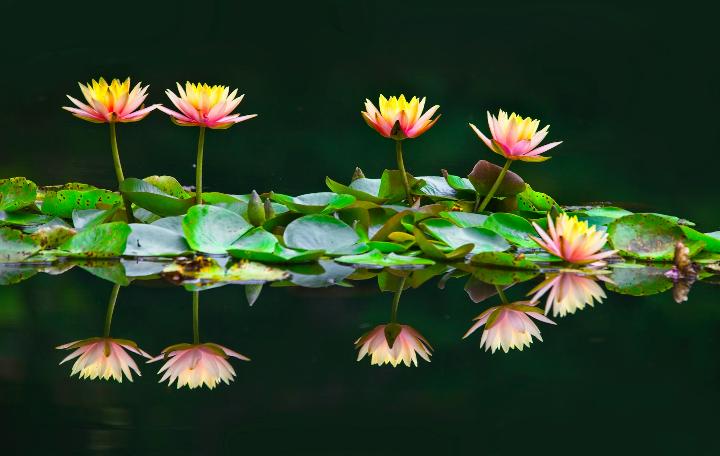
What Are The Different Types Of water lilies Plants?
1. Rhizome Tillers
These turners create from the rhizomes of the parent plant. Rhizomes are even stems that develop underneath the dirt or water surface. Rhizome turners rise out of hubs along the rhizome and ultimately develop into free water lily plants.
2. Stolon Tillers
Stolons are flat stems that develop over the substrate or water surface. Some water lily species produce stolon turners, which create from hubs along the stolon. These turners can segregate and drift away to lay out new plants.
3. Axillary Bud Tillers
Axillary buds are situated in the leaf axils, where the leaf meets the stem. In some water lily species, axillary buds can form into turner plants. These turners might develop straightforwardly from the parent plant or disconnect and float away to colonize new regions.
4. Adventitious Root Tillers
Unusual roots will be roots that create from non-root tissues, like stems or leaves. In water lilies, unusual roots can now and then bring about turner plants. These roots might develop into new plants either while connected to the parent plant or subsequent to withdrawing and drifting ceaselessly.
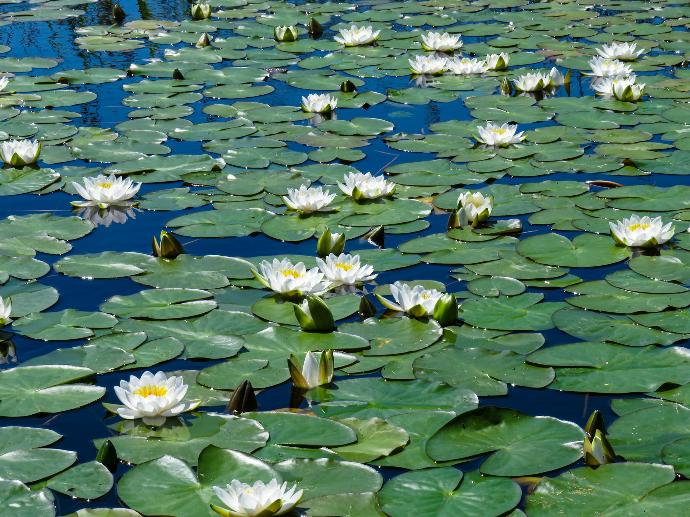
How to Care water lilies Plant ?
1. Location
In general, reasonable areas for water lilies turner plants incorporate shallow areas of lakes, lakes, sluggish streams, and other freshwater natural surroundings with the right blend of daylight, water security, supplements, and substrate conditions.
2. Sunshine
Lacking daylight can prompt hindered development, diminished blooming, and more vulnerable plants. In this way, it's significant to put water lilies turner plants where they can get satisfactory daylight openness. In normal territories, water lilies frequently fill in shallow waters where daylight can enter the water's surface and arrive at the lowered leaves and stems.
3. soil
Water lilies turner plants don't fill in soil in the conventional sense, as they are sea-going plants that basically root in lowered silt or substrate. Notwithstanding, they truly do require a reasonable substrate for securing their underlying foundations and getting supplements. Here are the vital attributes of the substrate required for water lilies turner plants
4. Hydration
Water lilies turner plants, similar to every sea-going plant, require steady hydration to get by and flourish. Since they principally fill in water, hydration is fundamental for their development, supplement take-up, and generally speaking wellbeing. This is the very thing you want to be aware of hydration for water lilies turner plants
5. Nourishment
Water lilies tiller plants obtain essential nutrients from the water and substrate in which they grow. These nutrients include nitrogen, phosphorus, potassium, and micronutrients such as iron and magnesium. Nutrient-rich water and sediment support healthy growth and flowering in water lilies.
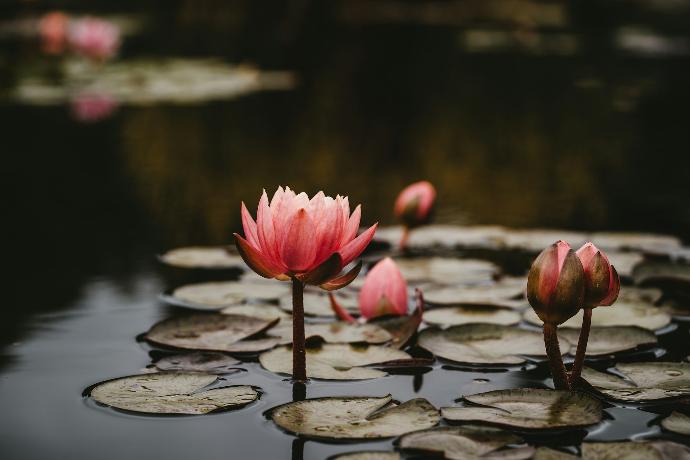
6.Issues
1. *Nutrient Deficiencies*: Insufficient nutrients in the water or substrate can lead to nutrient deficiencies in water lilies tiller plants, resulting in stunted growth, yellowing leaves, and poor flowering.
2. *Poor Water Quality*: Pollution, excessive algae growth, and imbalanced nutrient levels can degrade water quality, leading to stress and decline in water lilies tiller plants.
What are the Benefits of water lilies Plant ?
1. *Natural Filtration*: Water lilies and their tiller plants help improve water quality by absorbing excess nutrients such as nitrogen and phosphorus from the water, thereby reducing the risk of algae blooms and improving overall water clarity.
2. *Habitat for Wildlife*: The floating leaves and submerged roots of water lilies provide habitat and shelter for various aquatic organisms, including fish, frogs, insects, and microorganisms. These plants contribute to the biodiversity of aquatic ecosystems and support healthy populations of wildlife.
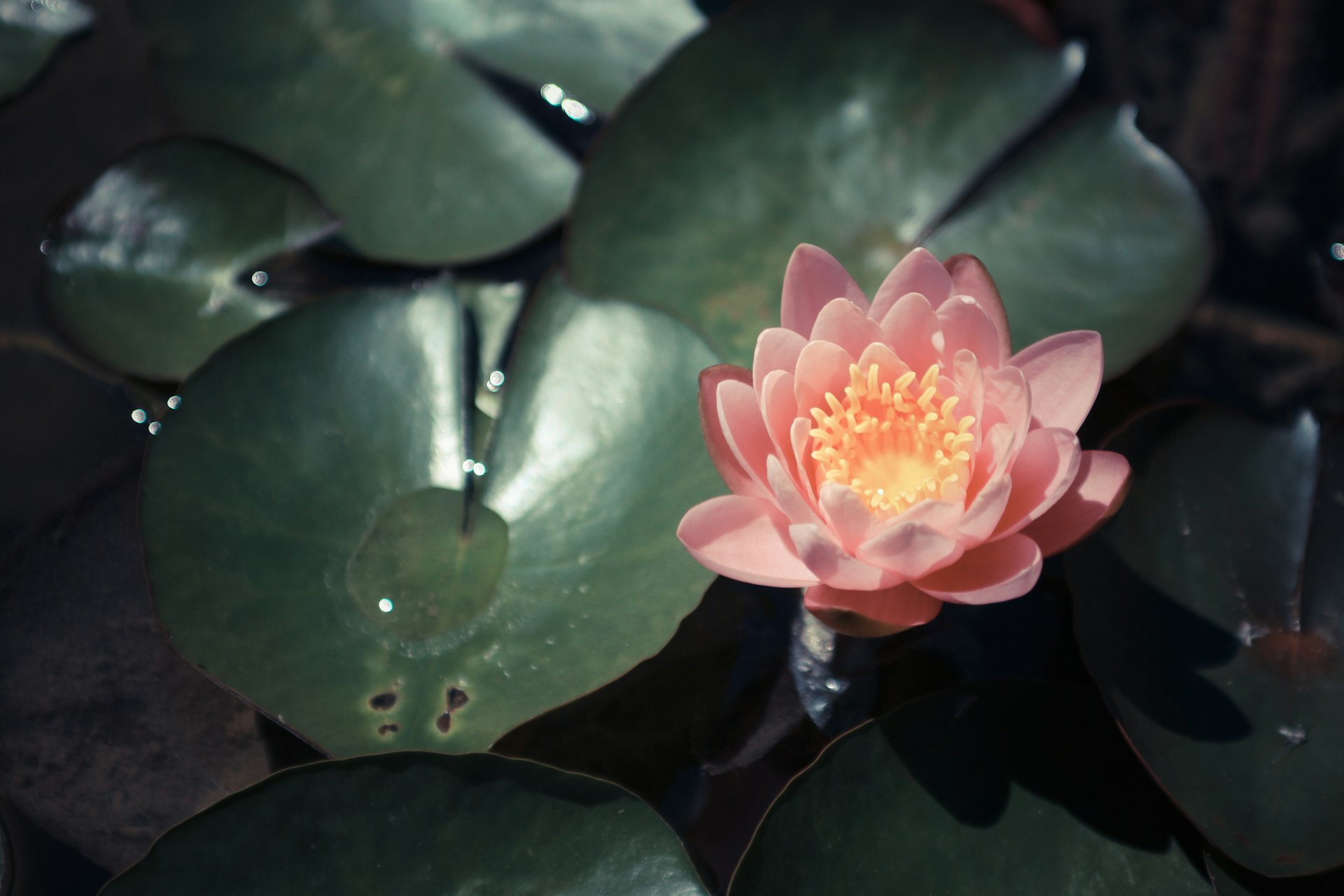
FAQs About Growing Water lilies
1. How to maintain water lilies tiller plant ?
Regularly monitor and maintain water quality parameters such as pH, temperature, oxygen levels, and nutrient concentrations. Test the water periodically and make adjustments as needed to create optimal conditions for water lilies tiller plants.
2.can i grow water lilies tiller plant indoor ?
Choose a large, shallow container or a specialized aquatic planting basket with drainage holes to hold the water and substrate for the water lilies. The container should be wide enough to accommodate the spreading roots of the plants.
3. which pot is best for growing water lilies tiller plant ?
The pot should be wide and shallow rather than deep, as water lily roots spread horizontally rather than vertically. A pot with a diameter of at least 12 to 18 inches (30 to 45 centimeters) is typically suitable for most water lilies.
4. from where can i shop water lilies tiller plant ?
Many local nurseries and garden centers carry a selection of aquatic plants, including water lilies. Visit your nearest nursery or garden center to see if they have water lilies tiller plants available for purchase.
